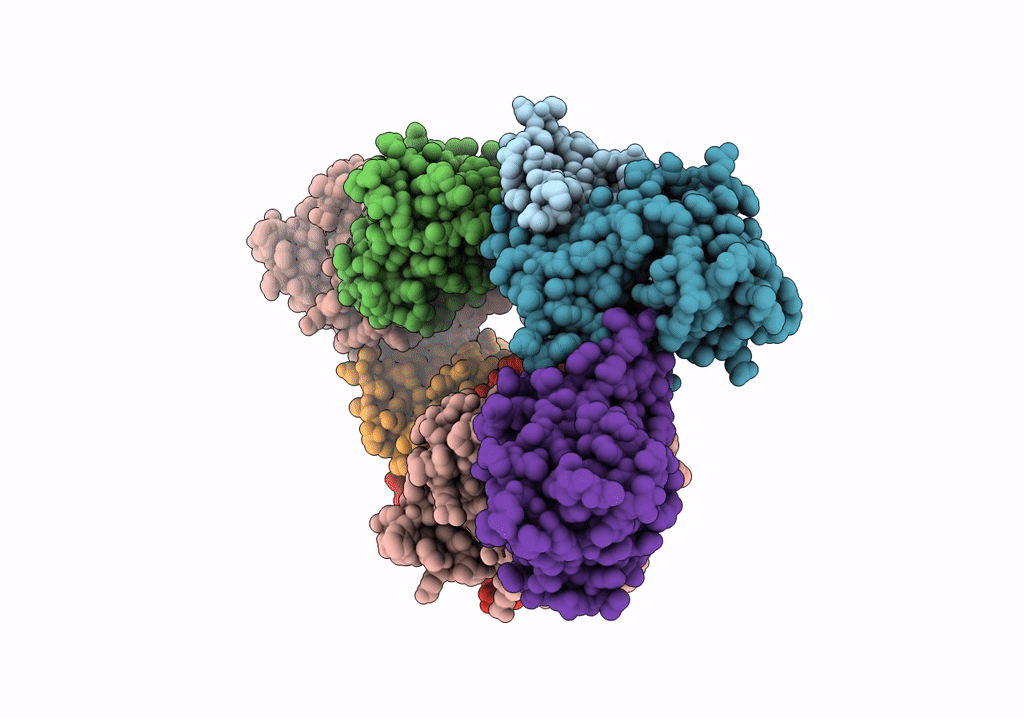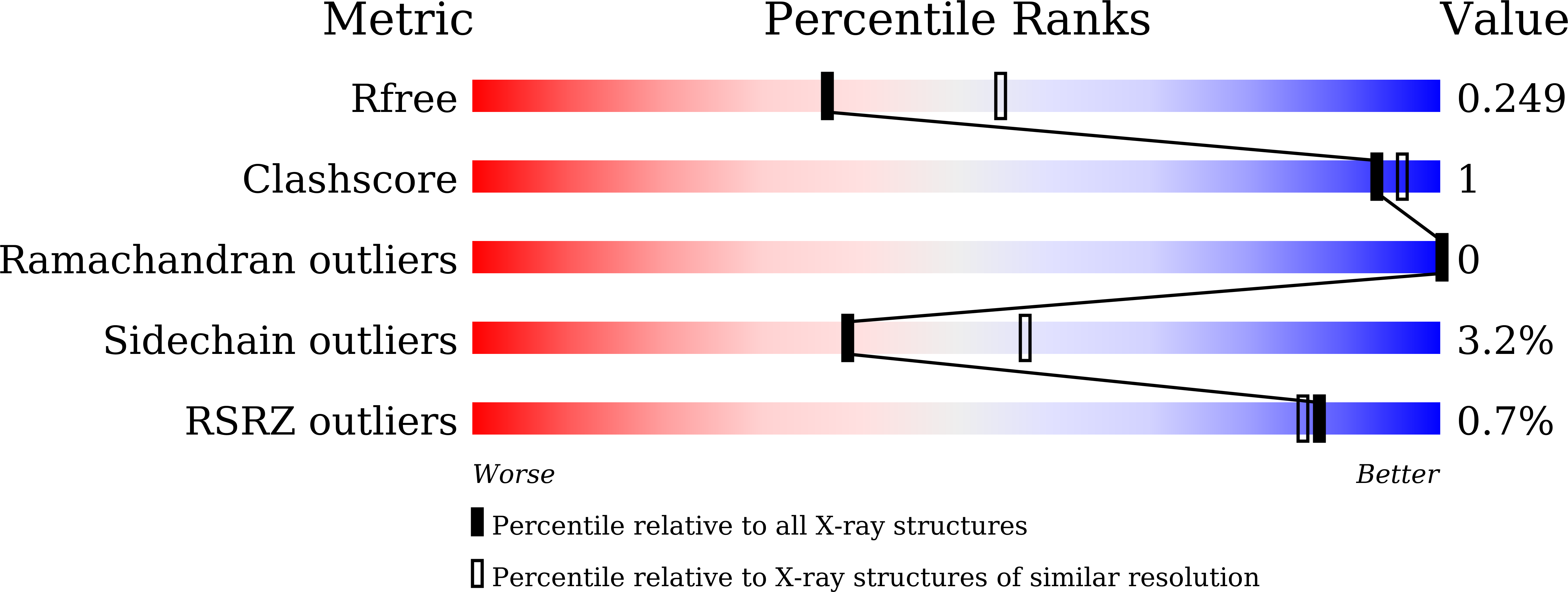
Deposition Date
2022-08-04
Release Date
2023-05-31
Last Version Date
2023-11-29
Entry Detail
Biological Source:
Source Organism:
Streptomyces lavendulae subsp. lavendulae (Taxon ID: 58340)
Host Organism:
Method Details:
Experimental Method:
Resolution:
2.42 Å
R-Value Free:
0.24
R-Value Work:
0.21
Space Group:
P 1


